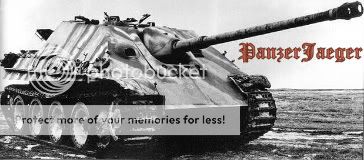What Marine Corps love? The Marine Corps is an elite branch of the military. They do what Army grunts cannot do, as well as what they can do, and they do it better.
They are much better disciplined, have higher fitness, marksmanship, etc. standards, and are indoctrinated with an attitude much better suited to a fighter. They focus less on avoiding risk and injury than the Army, and more on completing an objective, solving a problem, and killing their enemies.
Are they Navy Seals? No. Are they mythical Spartans? No. Are they Gods on earth? No.
They are, rather what the Army should be, but with a specialization in amphibious assault.
My dad was a Marine and a lot of my friends are Marines, so yeah, I have a bias, but so do most people. That does not mean that I am incapable of looking at things in a fairly objective manner.









 Reply With Quote
Reply With Quote






Bookmarks